Learn To Reload - Choosing Bullets
Handloader
|October - November 2019
Everything rides on the bullet – the success of a hunt, a tight cluster in the bull’s-eye of a target or the clang of a steel plate at long distance. Before a bullet is sent on its flight to meet those expectations, a handloader must ensure it’s correct for the job and handloaded properly so it can perform its intended job.

Bullet Types
To obtain the best performance from a bullet, handloaders must consider its composition, shape, weight, caliber and structure.
Lead has been the principal metal of bullets since the beginning of firearms due to its high density and relatively low cost. Bullets made of plain lead remain an economical choice for low-velocity handgun loads. These swaged-lead bullets are coated with lubricant to reduce lead fouling. But at velocities much above 750 fps, streaks of lead accumulate in a handgun’s forcing cone and bore, and removing it requires a considerable amount of scrubbing with a brush.
Swaged-lead bullets and cast bullets are not the same. Bullets could be cast out of plain molten lead. However, lead flows poorly and produces incompletely formed bullets, and they would have the same soft Brinell Hardness Number (BHN) of 5 as swaged-lead bullets. Correctly cast bullets made with lead alloyed with tin increase the flow of the molten lead alloy to produce fully formed bullets, and antimony is used to increase bullet hardness.
Companies that describe their bullets as “hard cast” could be referring to anything cast of lead alloy. It’s better to look for the BHN of bullets. Missouri Bullet Company’s cast lead rifle and Action Series handgun bullets have a BHN of 18 while its Cowboy Series bullets have a BHN of 12.
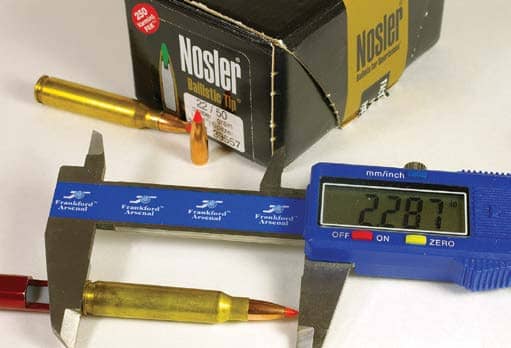
このストーリーは、Handloader の October - November 2019 版からのものです。
Magzter GOLD を購読すると、厳選された何千ものプレミアム記事や、10,000 以上の雑誌や新聞にアクセスできます。
すでに購読者ですか? サインイン
Handloader からのその他のストーリー
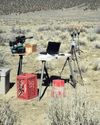
Handloader
OEHLER's New System 89 Chronograph
Measuring Bullet Performance Downrange
11 mins
June - July 2022
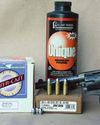
Handloader
The Problem with Low Pressure Loads
Bullets & Brass
9 mins
June - July 2022
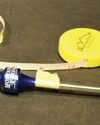
Handloader
Measurements for Rifle Handloading
Handy Techniques for Accurate Ammunition
10 mins
June - July 2022
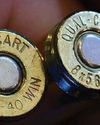
Handloader
THE BRASS RING
In Range
6 mins
June - July 2022
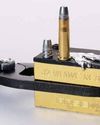
Handloader
Semi-custom Bullet Moulds
Mike's Shoot in' Shack
4 mins
June - July 2022
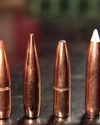
Handloader
REVISITING THE 6.5 -06 A-SQUARE
Loading New Bullets and Powders
9 mins
June - July 2022
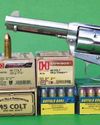
Handloader
Cimarron Stainless Frontier .45 Colt
From the Hip
5 mins
June - July 2022
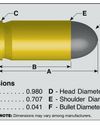
Handloader
9x18mm Makarov
Cartridge Board
5 mins
June - July 2022
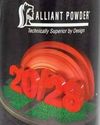
Handloader
Alliant 20/28
Propellant Profiles
5 mins
June - July 2022
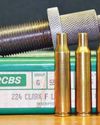
Handloader
.224 Clark
Wildcat Cartridges
6 mins
June - July 2022
Translate
Change font size

